Basic principles of Czech nymphing
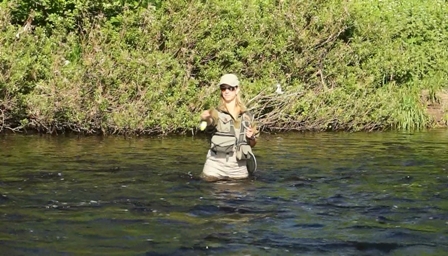 |
The fly fisher starts by gently flicking the weighted flies directly upstream at an angle of 20-45 degrees. Experienced Czech nymphers will select current seams. She is positioned to dissect the drift, in other words fish both upstream and downstream of her position. As the flies start to sink and drift downstream the fly fisher lifts the rod to maintain contact with the flies. Ideally the flies should be moving at the speed of the current or slightly slower as they "tickle" the bottom. This aspect of Czech nymphing makes it very different than for example indicator nymphing where the nymph will typically be moving faster than the current. |
|
The fly fisher tracks the flies downstream by progressively lifting the rod. She keeps her eye on a visual in-line indicator which can be coloured nylon or in this case an onstream-guide.com in-line indicator. |
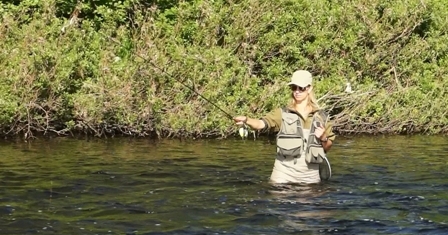 |
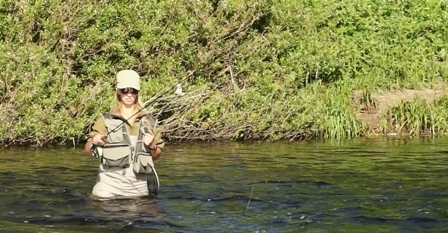 |
If the indicator at any point, stops dips or darts she must lift the rod to set the hook. Not all takes in Czech nymphing are from fish. False takes include those from stream debris including rocks and trees. If the fly fisher is fishing correctly with the right weights of nymphs this is inevitable. For this reason strong tippet materials are used in this technique of around 4lb breaking strain upwards. Here the fly fisher has continued to track her nymphs with the rod tip. The rod tip follows the path of the nymphs without drawing the nymphs backwards. |
|
The fly fisher has finished the downstream drift. Here she allows the nymphs to be pulled from the bottom and swing on the dangle. She waits for 1 or 2 seconds during this lift. It is common for fish to take the flies as they lift and even when on the surface. The fly fisher will repeat the cast on a different current seam. She will continue to fish upstream covering new water taking steps regularly. |
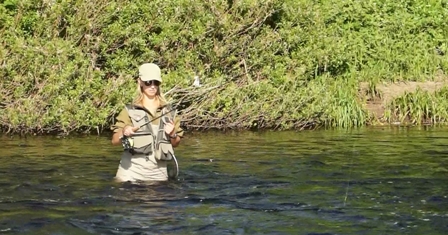 |
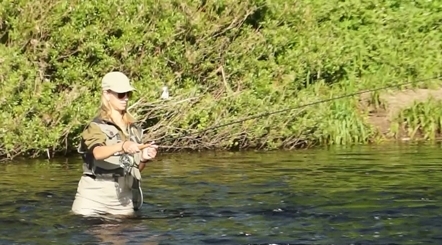 |
Although the basics of the technique are relatively straightforward in the hands of experienced fly fishers it is most effective. Experienced practitioners will seek out quickly the best current seams for nymphing and make subtle changes to the weights of flies when required. |